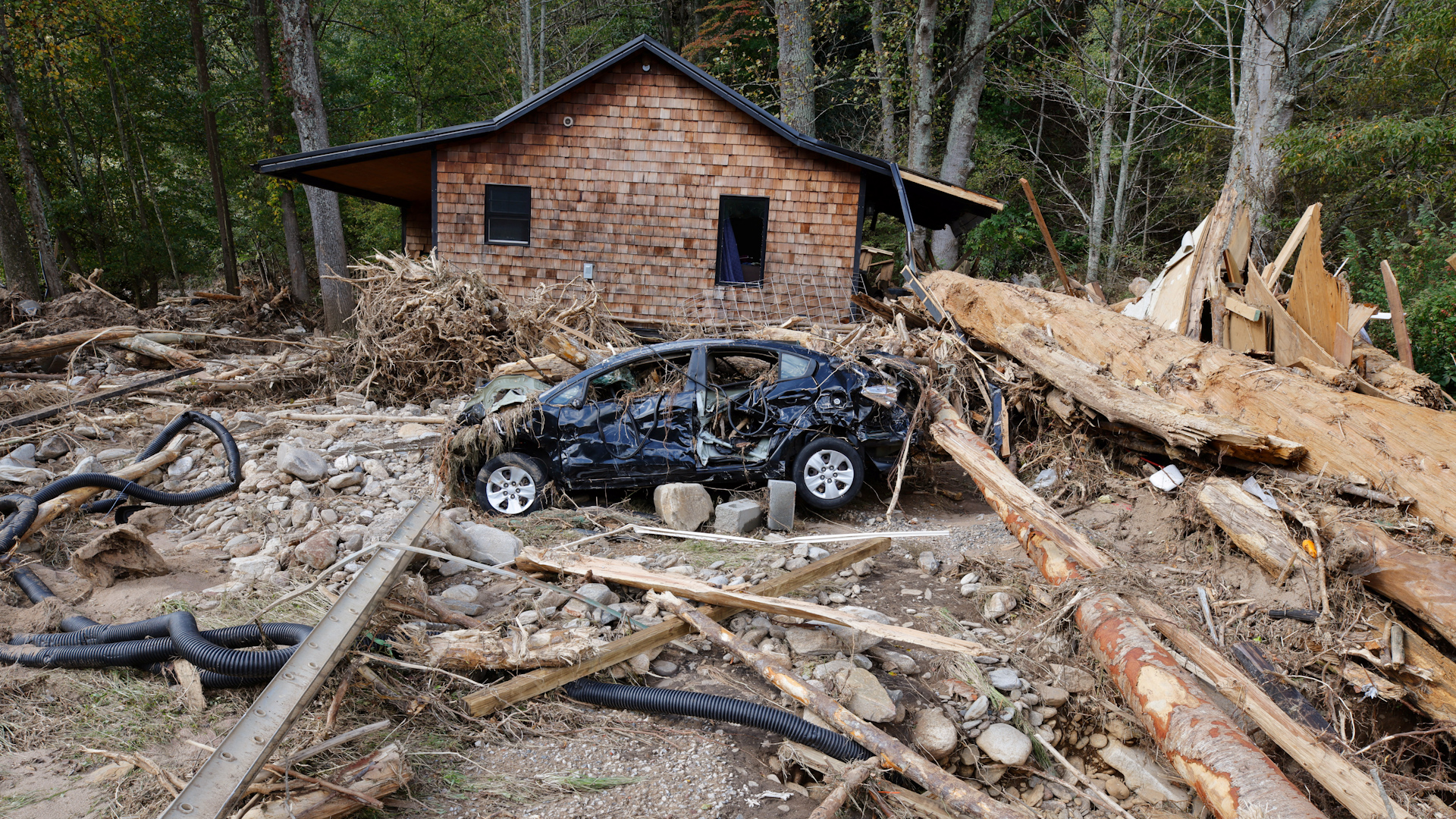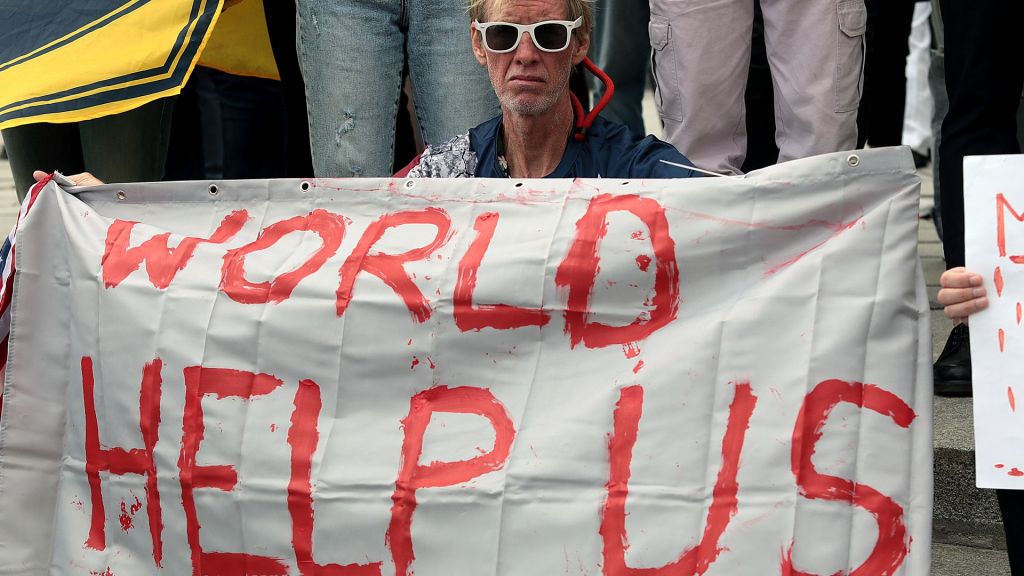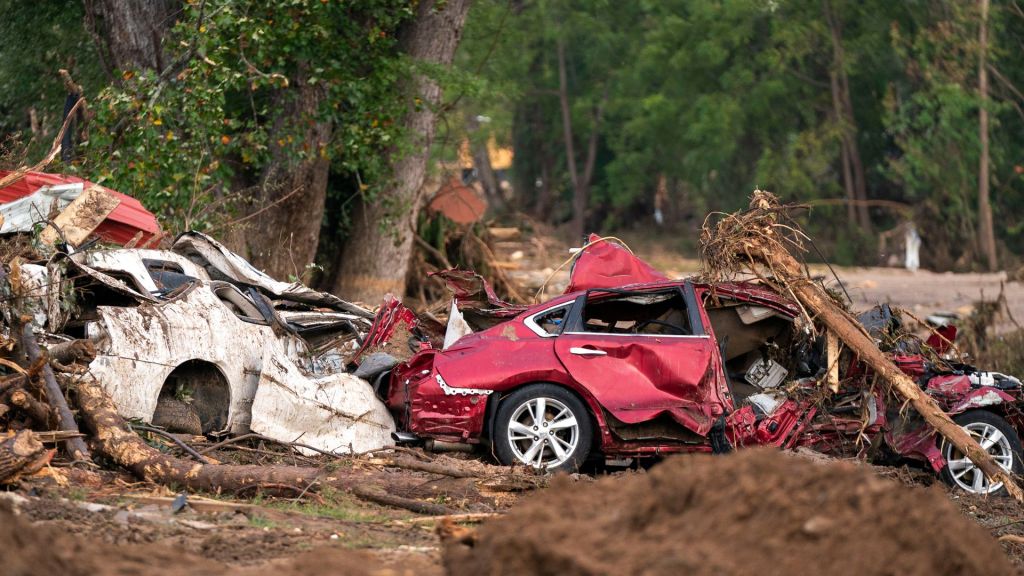
[craig nigrelli]
THE DEATH TOLL FROM HURRICANE HELENE HAS RISEN TO AT LEAST 191 ACROSS SIX STATES, MAKING IT THE SECOND-DEADLIEST U.S. HURRICANE IN THE PAST 50 YEARS, BEHIND HURRICANE KATRINA IN 2005.
THE STORM HIT FLORIDA LAST WEEK BEFORE SWEEPING THROUGH THE SOUTHEAST, CAUSING WIDESPREAD FLOODING AND DEVASTATION, ESPECIALLY IN NORTH CAROLINA, WHERE at least 95 PEOPLE HAVE DIED.
NEARLY ONE-AND-A-HALF MILLION PEOPLE REMAIN WITHOUT ACCESS TO POWER.
THE FEDERAL EMERGENCY MANAGEMENT AGENCY IS PROVIDING CRITICAL SUPPLIES LIKE MEALS, WATER, AND GENERATORS, BUT HOMELAND SECURITY SECRETARY ALEJANDRO MAYORKAS WARNED THAT FEMA LACKS SUFFICIENT FUNDING TO SUSTAIN RELIEF EFFORTS THROUGHOUT THE ENTIRE HURRICANE SEASON.
HE STRESSED THE NEED FOR ADDITIONAL FUNDING, NOTING THAT FEMA IS MEETING IMMEDIATE NEEDS BUT MIGHT NOT HAVE THE RESOURCES TO CONTINUE IF ANOTHER STORM HITS.
HURRICANE SEASON RUNS FROM JUNE THROUGH NOVEMBER, WITH MOST STORMS OCCURRING IN SEPTEMBER AND OCTOBER.
CONGRESS RECENTLY REPLENISHED 20 BILLION dollars FOR FEMA’S DISASTER RELIEF FUND, BUT LAWMAKERS MAY NEED TO RECONVENE BEFORE THE ELECTION TO APPROVE MORE MONEY IF NECESSARY.
MORE THAN 150-thousand HOUSEHOLDS HAVE REGISTERED FOR FEMA ASSISTANCE, AND THAT NUMBER IS EXPECTED TO GROW AS DAMAGE ASSESSMENTS CONTINUE.






